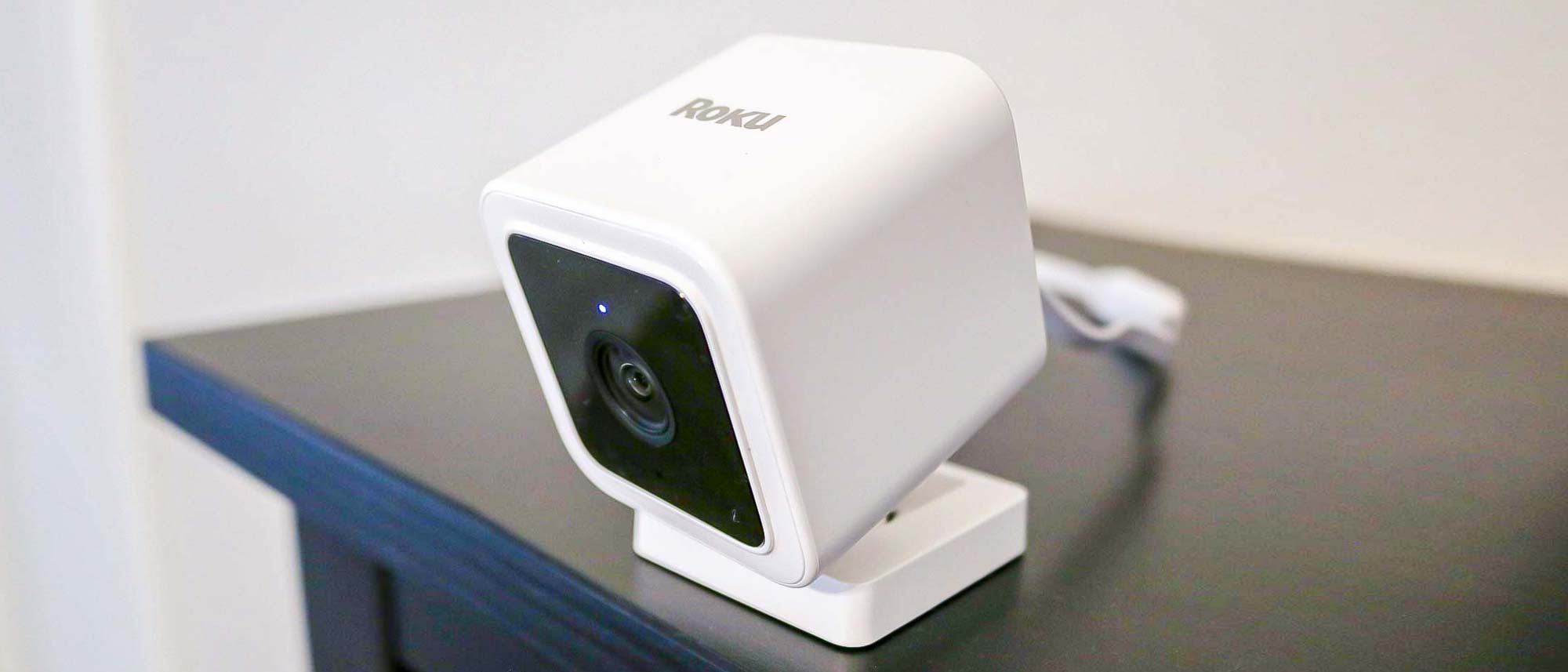There is already a lot of debate about machine translation totally replacing the human translators’ workforce. Technological developments in the translation industry create job insecurity among professional translators. However, if you really look a little closer, you could see things going in favor of human translators. In the last few years, we’ve seen how advanced translation project management platforms have supported translators and reduced their workloads.
Current technological advancements are not that effective in achieving the creativity and contextual understanding of human translators. The demand for professional human translators is continuously increasing, and so is the machine translation option in the market. Here in this article, we’ll evaluate the influence of human translators in the translation industry and how much machine translation tools are able to dominate the industry so far.
Machine Translations May Lack Context and Relevance
You can use machine translation tools to generate automated translation very quickly, but they do have some shortcomings that you must be aware of. Even if you provide complete guidelines and glossaries to your MT tool, there are still chances that the translation lacks context and relevance to the original text. If you are using machine translation tools for brand content translations, you may need to hire more translators to proofread and edit the translated content. Whether you are working on the best localization management platform with advanced MT tools, there could still be some gaps in the quality of translations.
This way, you can also make sure that your finalized content is relevant to your original brand message; it would also help you keep your brand voice consistent.
Machine Translations Combined with Human Translations
This approach is used by many companies these days to achieve high-quality translation outcomes without compromising speed. In this method, your content is first translated by machine translation tools and then proofread by professional human translators. It will eliminate all potential errors and improve its overall quality. Companies use this approach for content translations because it allows them to generate good-quality translations in the fastest turnaround time. Moreover, because now you are hiring professional translators for proofreading only, not the entire translations, it will save you a lot of money. Combining human expertise with machine efficiency would help you effectively carry out your translation processes without compromising the quality.
You can use machine translation software to generate automated translation very quickly, but they do have some shortcomings that you must be aware of. Even if you provide complete guidelines and glossaries to your MT tool, there are still chances that the translation lacks context and relevance to the original text.
Human Touch Increases Readability
When you use machine translation tools, especially an open-source resource, you might notice the translated content is a bit robotic. Some sentences might not make any sense because of literal translations. Moreover, the context of your message might get lost in translations. Just to make sure that your translation is on point and converting the brand message effectively to the target audience, you must hire a human translator to review the translated files. Your translation would make certain changes to the translated files to enhance the readability of the content.
Machine Translation is Only Suitable for Specific Content Types
One thing to note here is you can’t go for machine translations for all types of content. For instance, if you want to translate ad copies or website content, MT tools are not a good choice then. Such content must be translated by professional and experienced translators only. Translating marketing content requires a higher cultural understanding of the target audience, so it is recommended to hire native translators. Not every translator can translate marketing copies; you must hire someone with good experience in this domain. Such translations don’t have to be literal to the original text; the translators must focus on converting the emotions to another language that would target the same pain points as the source text.
Humans Can Better Understand Culture, Humor, & Slang
Your content may contain slang, humor, and many cultural references that might totally get messed up when you put it into a machine translation tool. When you do literal translations of jokes and idioms, it would only confuse your audience and also put a question mark on your brand’s credibility. To translate such content where the tone is very casual, you better get on board a human translator to do the job. So, instead of translating the humor directly to another language, translators would understand the context of a joke and convert it into another language; they may create another joke or use a local version of the same joke.
Wrapping Up!
It’s true that working with machine tools is convenient and cost-effective, but you can’t totally ignore the significance of translators. You can use a professional translation project management platform to bring on professional board translators and technological tools; this way, you can combine the perks of both. A reliable translation and localization platform would allow you to collaborate with your professional translators’ team and integrate your AI-powered MT tools into a single platform. MarsHub is a good example of managing your translation teams and tools in one place.






